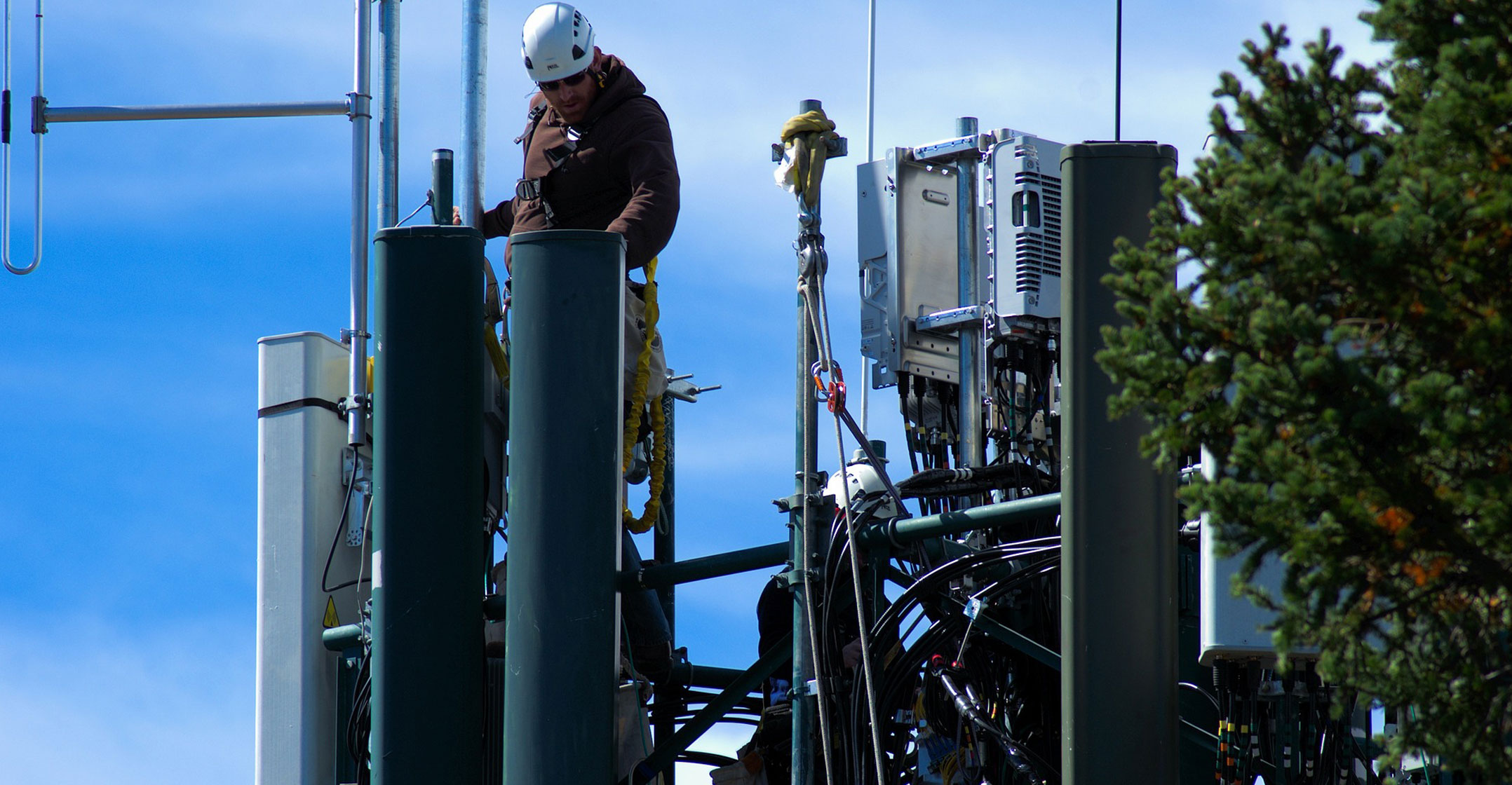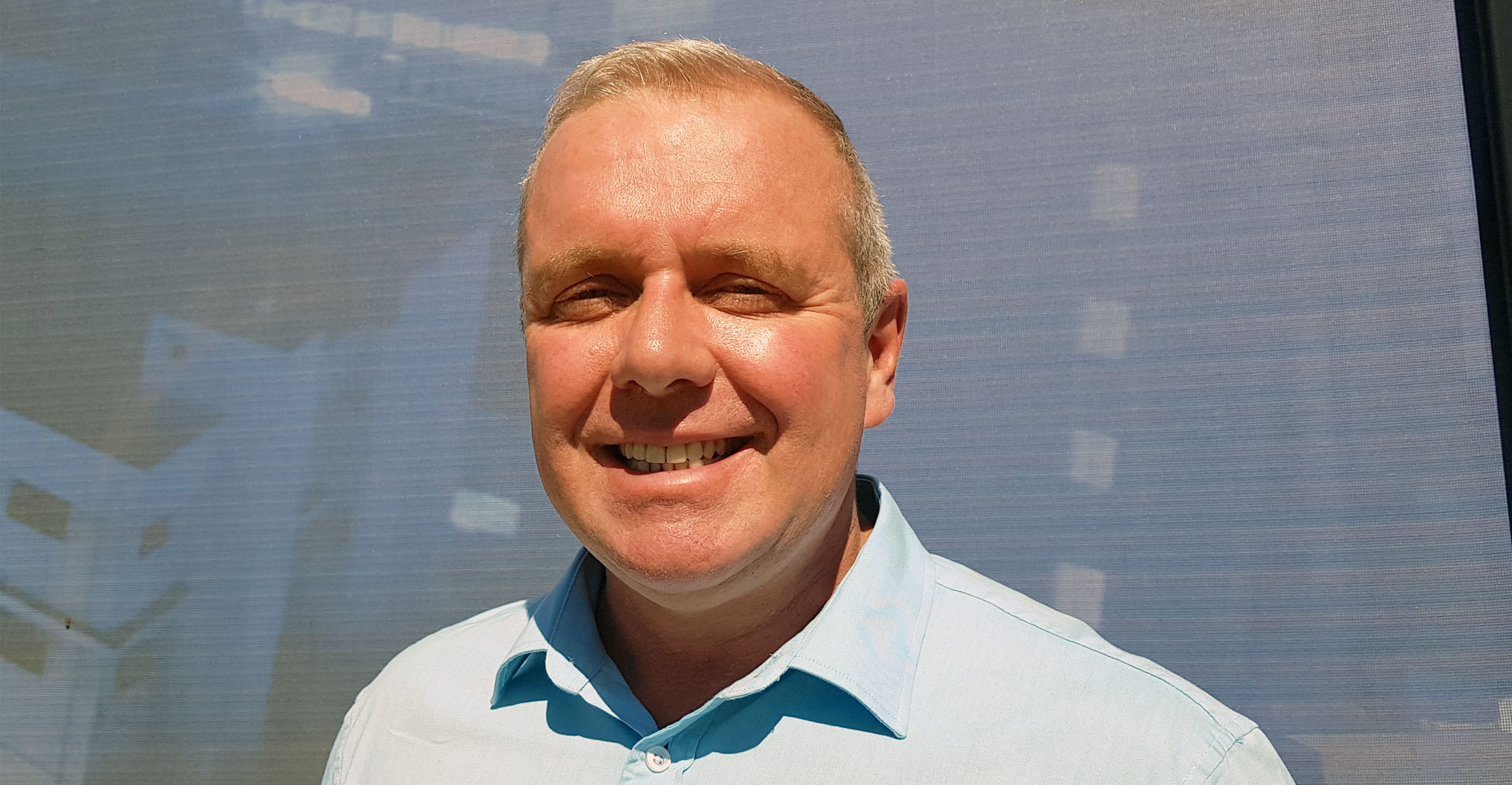 Has communications regulator Icasa just snatched away prime 5G spectrum from under the noses of South Africa’s big mobile operators?
Has communications regulator Icasa just snatched away prime 5G spectrum from under the noses of South Africa’s big mobile operators?
In a move that is already raising some hackles, TechCentral has learnt that Icasa recently licensed access to radio frequency spectrum bands in South Africa that are likely to be commercially exploited for providing 5G telecommunications.
Five small and medium-sized enterprises (SMEs) successfully applied for access to frequencies between 3.6GHz and 3.8GHz that could soon become exceptionally valuable as they are expected to be reclassified for use in mobile telecoms.
The spectrum in question is still used for C-band satellite services in South Africa and the new licensees are expected to coexist – and not interfere with – satellite connectivity providers.
The SMEs licensed to use the spectrum are Comsol Networks, Nthinte Communications, Real Time Communications, Marion Technology and One Telecom. TechCentral understands these companies were awarded 60MHz each.
Not impressed
But at least one operator is not impressed that the spectrum wasn’t licensed in the same way that high-demand spectrum bands are being dished out – through an auction process. The operator, which declined to comment for the record because of the sensitivities involved, said that, at the very least, Icasa should have run a transparent licensing process and now runs the risk of creating a reseller market for 5G spectrum in which the big industry players are forced to buy access through third parties instead of being able to exploit the bandwidth directly. This, cautioned one insider, in untenable as it will force the operators to make multibillion-rand infrastructure investment decisions based on spectrum assets held by someone else.
Icasa, however, is having none of the criticism and has argued that it is fully entitled to license access to the spectrum to the SMEs. Responding to questions on Friday, it said the spectrum licences were awarded in accordance with the national radio frequency plan of 2018, with the condition that the spectrum be used for delivering broadband fixed-wireless access (FWA) and only where frequency sharing with satellite providers is “feasible”. It also questioned TechCentral’s description of the bands as “prime 5G real estate”.
As a result of the licensing of the five companies, Icasa said spectrum between 3.6GHz and 3.8GHz has been allocated as follows:
- To fixed satellite services and fixed services for point-to-point connections on a coordinated basis and on a co-primary basis; and
- Mobile services, on a secondary basis. Broadband FWA may only be provided on a secondary basis, and on a coordinated and a non-protection and non-interference basis.
As a result, none of the five new licensees may claim any protection from harmful interference.
On why Icasa decided to license the spectrum without an auction, it said: “These spectrum bands have not been identified for IMT (mobile telecoms) and therefore were never earmarked for auctioning,” it said.
 “Frequency band 3.7GHz is not identified for IMT services in the national radio frequency plan of 2018, and therefore does not form part of the radio frequency spectrum assignment plan (RFSAP) for IMT 2015 nor any subsequent planned RFSAPs to date.
“Frequency band 3.7GHz is not identified for IMT services in the national radio frequency plan of 2018, and therefore does not form part of the radio frequency spectrum assignment plan (RFSAP) for IMT 2015 nor any subsequent planned RFSAPs to date.
“The applications were received in accordance with the normal application procedure and were dealt with in line with regulation 5 of the radio frequency spectrum regulations. There was no competitive process because the 3.7GHz band is not identified for IMT in the national radio frequency plan of 2018 and therefore there is no radio frequency spectrum assignment plan for IMT in this respect,” Icasa said.
“The authority expects the licensees to use the assigned radio frequency spectrum to achieve the objectives as per their business plans and motivations submitted with their applications. In this regard, section 31(8) of the act clearly state that any radio frequency spectrum licence or assigned radio frequency spectrum may be withdrawn when a licensee fails to utilise the assigned spectrum in accordance with the licence conditions applicable to such licence.
“No licensee owns radio frequency spectrum in South Africa. And Icasa is in no position to determine the business affairs or investment decisions” of the mobile operators, it said. “Section 2(y) (of the Electronic Communications Act) specifically requires that the regulator refrain from undue interference in the commercial activities of licensees. The authority, through the licensing of spectrum, gives the licensees the right to use spectrum for a specific period, subject to the licensee complying with the licence terms and conditions and the related regulations. The authority therefore does not expect any licensee to transgress any of its licence conditions nor any related regulations.”
National 5G policy
But Dobek Pater, director of business development at telecoms consultancy Africa Analysis, said it’s strange that Icasa licensed the SMEs now, before communications minister Stella Ndabeni-Abrahams has developed a policy on 5G deployment in South Africa. The minister is expected to produce this policy by the end of the year.
“From a technical perspective, what Icasa says is correct. But I … would not have rushed into assigning the spectrum in silos and rather would have considered it in the context of a 5G deployment framework,” Pater said. Given that the SMEs licensed don’t have the balance sheets to fully exploit the spectrum they have been granted access to, it’s now likely they will approach the mobile operators about sharing the spectrum, he added.
Indeed, that may already be happening.
Comsol CEO Iain Stevenson confirmed on Friday that his company was one of five successful applicants, and that it received 60MHz in the 3.7GHz band, which it will use to provide broadband FWA to its clients. But he said Comsol is also open to the idea of sharing access to the spectrum, in the same way that Vodacom leverages the spectrum assets of Rain (for 4G) and Liquid Telecom (for 5G) and MTN uses Liquid Telecom (for 4G).

“If we can work together with others, we always will. We are very happy to work alongside any of the operators… I am very happy to RAN-share infrastructure,” Stevenson said, referring to the radio access network, the part of the network that connects customers to high sites. “All I am trying to do is deliver services to my customers at a reasonable price.”
Comsol, whose shareholders include Andile Ngcaba’s Convergence Partners, already has a large allocation of spectrum at 28GHz, which is a band identified by the US for so-called millimetre-wave 5G services. Stevenson said neither the 28GHz nor the 3.7GHz bands have been identified for 5G in South Africa.
Stevenson questioned why it is often assumed that it’s the big mobile operators, and not the industry’s smaller players, that should get access to the most valuable spectrum bands.
“Why must the mobile operators always get the best pieces of spectrum? Will an organisation like Comsol, which focuses on FWA, be able to get access to spectrum at a reasonable price? I’m happy to take my gloves off and stand up and fight for what we need in the market.”
He also emphasised that getting access to 3.7GHz is not nearly as lucrative relative to getting access to 3.5GHz, which is proving to be one of the popular bands for building early 5G networks that connect retail consumers.
“There is a lot of hot air around 3.7GHz. We are very restricted in how we can use it,” Stevenson said. “It helps us with rural connectivity. We can deploy over longer distances at 3.7GHz, which helps us in underserviced areas.” — © 2021 NewsCentral Media




